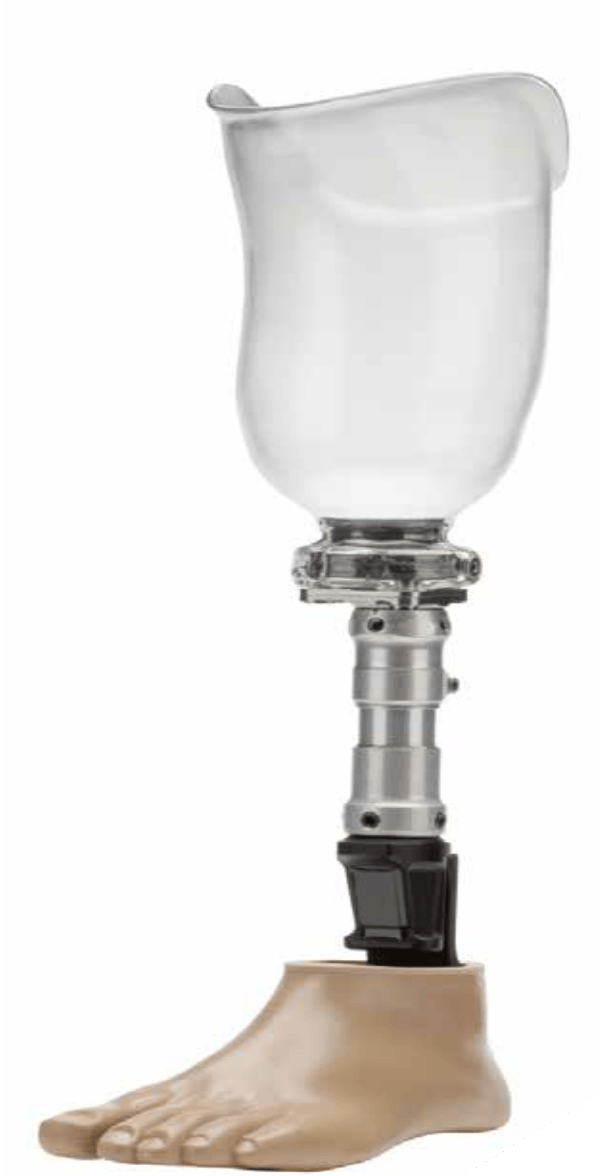Building Your New Leg
Here are some helpful suggestions:
Bring shorts when you see your prosthetist. Your prosthetist is going to need access to your leg.
Bring a PAIR of shoes to your prosthetic fitting, bring a few pairs if you can’t decide which ones are your favorites. Flip flops, high heels, cowboy boots, sneakers…let your prosthetist know what’s important to you.
Bring your paperwork to every appointment: insurance cards, prescriptions, and government issued identification.
The prosthesis will weigh between 2-5 pounds depending on you and your residual limb. Your prosthesis should last several years if you are using it regularly. However, the usual reason a prosthesis needs to be replaced is not because parts wear out, but because it stops fitting well. Your residual limb will continue to change in size and shape as time passes. You might gain weight, lose weight, some of your leg muscles will atrophy, and some will get larger.
Once your doctor has written a prescription and your insurance company has approved your coverage, your prosthetist will start fabricating your new leg.
The first step will be taking an impression of your residual limb with either a cast mold or a computer assisted drawing (C.A.D.). There are several methods for taking an impression of a residual limb and making a socket. A good prosthetist is a lot like a sculptor and different sculptors use different tools to create their art. Ask questions. Ask a lot of questions. Your prosthetist will be happy to explain the process to you.

